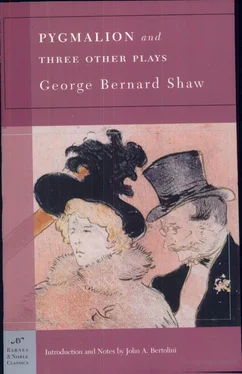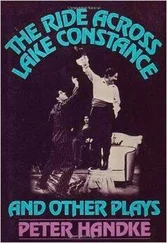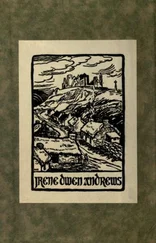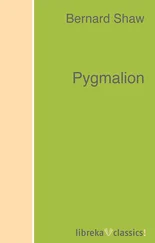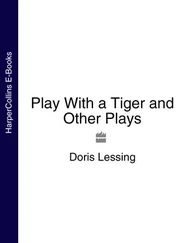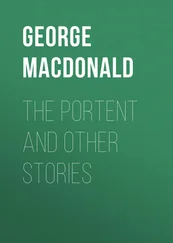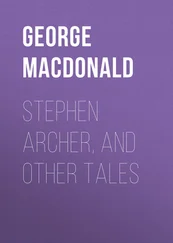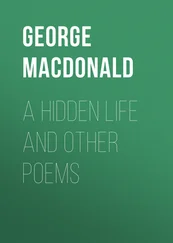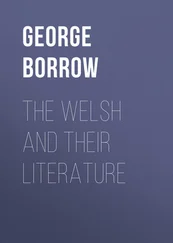Historian and critic Jacques Barzun says that if you open a Shaw play to any scene and begin reading, you quickly become convinced that the characters are talking about life and death matters. So intensely do they listen to one another and turn every assertion, query, and rejoinder into blows, thrusts, and shots, that one feels both of them cannot possibly emerge from the “discussion” alive. This is particularly true of Ridgeon’s final confrontation with Jennifer. The scene anticipates the ferocious struggle between Higgins and Eliza in Pygmalion — another play in which an older man has a potential sexual relationship with a younger woman that ends in a checkmate.
PYGMALION
The parallels between Eliza Doolittle and Jennifer Dubedat result chiefly from their involvement — their struggles — with older men whose apparent coldness stems from their scientists’ approach to life and human relations. And just as Shaw revealed that Jennifer occupied a niche in his imagination similar to Judith’s (in The Devil’s Disciple) by giving the former an expanded version of a line belonging to the latter, so too does Shaw give Eliza one of Jennifer’s lines. In that no-quarter-given final dialogue between Jennifer and Ridgeon, Jennifer expresses her frustration at trying to converse with him: “I don’t understand that. And I cant argue with you” (p. 357). In Eliza’s last verbal smack-down with Higgins, she expresses a similar sense of futility: “I cant talk to you: you turn everything against me” (p. 456). Both women are complaining about more than traditional male-female miscommunication (though there is plenty of that in their dialogue); each is rebelling against Ridgeon’s and Higgins’s automatic treatment of them as creatures, as means to an end rather than ends in themselves. In Ridgeon’s case, he wants to possess Beauty itself in the person of Jennifer, whose beauty first attracts him through one of her husband’s drawings of her, for then he would take the place of the artist, Louis, who is capable of creating beauty.
Higgins’s case is more deranged. The man admits he has never married because he has never found a woman enough like his mother — a woman, Shaw takes pains to point out, who surrounds herself with art. Now, a son who looks for a replicate of his mother in a wife is a son who wants to take his father’s place, to be his own father (note that Higgins’s father is never so much as referred to in the play). Higgins has mastered the art of speech, of phonetics, so that he can identify people’s hidden origins, as he does with the crowd that gathers around Eliza when she suspects he is a detective ready to arrest her for prostitution and is protesting her innocence. As soon as he hears their accents, he tells them where they were born, all the while concealing his own identity. (There is something of Shakespeare’s “Duke of dark corners” in Measure for Measure, walking amongst his people incognito, as well as of Shakespeare’s Prospero about Higgins.) Pickering even asks him if he does this in a music hall for a living, as if Higgins were a magician. (Shaw had a similar experience when, while lecturing dock workers on elocution, they called him a “quick-change artist.”)
Higgins belongs with Ibsen’s Master Builder (in The Master Builder, 1892) and Rubek the sculptor (in When We Dead Awaken, 1899) among modern drama’s most profound studies of the artist’s psychology, for the Professor of Speech forgets the difference between life and art. When he undertakes the experiment of turning the “draggle-tailed guttersnipe” Eliza Doolittle into a “duchess at an ambassador’s garden party,” Higgins imagines that he is a god creating out of nothing, out of the “squashed cabbage leaves of Covent Garden.” He fails to see that he has only transported her from one kind of limiting garden to another. As part of the fantasy of creator he lives out, he must become Eliza’s father: “I’ll be worse than two fathers to you.” He considers the “gift of articulate speech” he is to give Eliza a “divine” one, but it is really the parent’s gift to the child; more particularly, the mother gives language to the child (which is why we speak the “mother tongue”). Much later in the play, Shaw will make this point comically by having Henry’s mother, Mrs. Higgins, trick her son into not whistling by provoking a remark from him, and explain herself by saying, “I only wanted to make you speak” (p. 445).
In making Eliza speak, Higgins becomes her parent; he becomes a creator, instead of someone who is himself created. He can fantasize that he is an original, in the way all artists want to believe that their art is original. That is why Shaw has Higgins tell everyone where they originated; and why Shaw makes Higgins identify himself professionally to Pickering as one who does “a little as a poet on Miltonic lines” (p. 378). (When Shaw prepared the play to be filmed, he excised this reference to Milton, perhaps because it was too revealing of his anxieties about his own originality), for Milton’s Satan (in Paradise Lost) claims not to have been created by God: He considers himself to be coeval with God. In other words, Satan considers himself self-begotten, the author of himself; he has no origin outside himself. Nor does Higgins. Shaw plays a great deal with images of Higgins as a satanic tempter, as when Eliza feels “tempted” by his offer of chocolates, or when Mrs. Pearce reproaches him for “tempting” Eliza; he even munches an apple, the biblical symbol of temptation, as he suggests to her that she might marry someone or other.
But when his Frankenstein’s “creature,” Eliza, comes to life, he treats her as his creation, not as a fellow creature. Higgins has been slow to see that Eliza has fully as much soul as he, that she is full of humanity and self-respect, that she has ambition and goodness in her. The sailor-hat Shaw gives her to wear befits her willingness to voyage into life, though her voyage begins with a tempest of rain over Covent Garden. Higgins fails to recognize the gumption she shows in seeking him out to improve her speech so she can earn enough to live a decent life. To him she is only the subject of an experiment whereby he may demonstrate his art; to him she has no feelings that he need bother about. But he is wrong: Eliza feels intensely. Indeed, the powerful drive of her feelings brings her to life in the fourth act and drives her to independence from Higgins in the fifth act. (Like The Doctor’s Dilemma, Pygmalion has five acts, showing the affinity between the two plays, but also showing that Shaw is particularly conscious here of the Shakespearean model.)
Higgins says to Pickering that all the attractive young, rich American women he teaches “might as well be blocks of wood,” as far as their sexually tempting him is concerned. And at first he regards Eliza this way — as a block of wood out of which he will carve a duchess. When Leontes looks upon his wife Hermione’s statue in Shakespeare’s The Winter’s Tale, he becomes ashamed, remembering the grave injustice he did her, and asks rhetorically: “Does not the stone rebuke me for being more stone than it?” (act 5, scene 3). Eliza’s flexible humanity rebukes Higgins for being stone cold. It is an accusation that stings and provokes Higgins to one of his great outbursts about the life of science, of art being utterly unlike the life of the gutter, not immediate, not warm. (The speech actually reflects an intensely dramatic letter Shaw sent to Mrs. Patrick Campbell, while she was rehearsing the part of Eliza Doolittle, in which he reproaches her for rejecting him.) Eliza retorts that she was not seeking from him what the gutter gave; she wanted from him respect for her as a fellow human being, some regard for her feelings. She rightly says that she will not care for someone who does not care for her. But she does not quite succeed in penetrating his defense system until she shows the shrewdest understanding of where his pride lies. She threatens to set herself up as a rival artist by becoming a teacher of phonetics. That finally makes Higgins actually think of her as an original herself, and not just a copy of him. When at the end of the play Eliza rebuffs Higgins’s final attempt to bully her, she tells Higgins to buy his own gloves, and then “sweeps out”; she becomes mobile, while he remains, statue-like, standing in place.
Читать дальше
